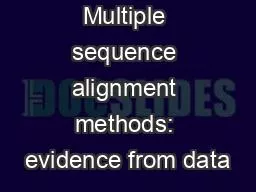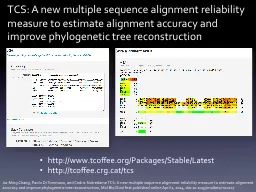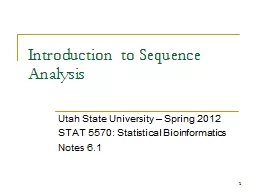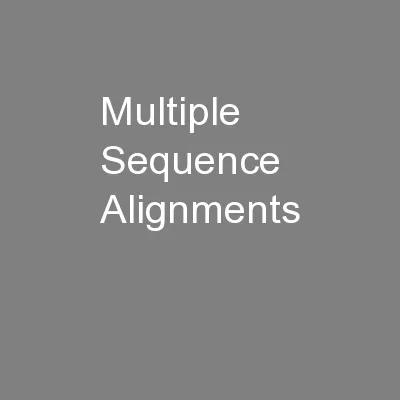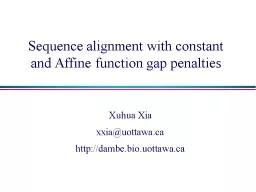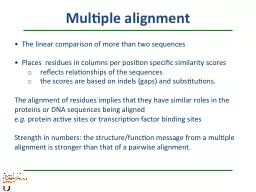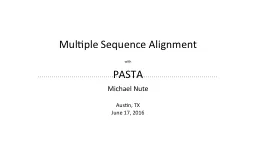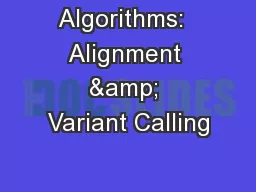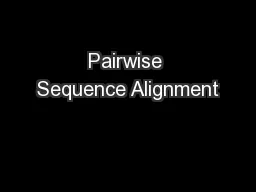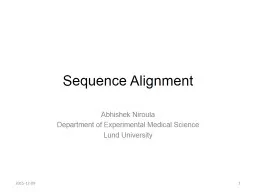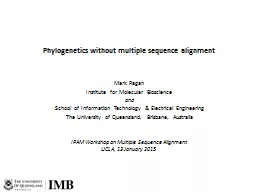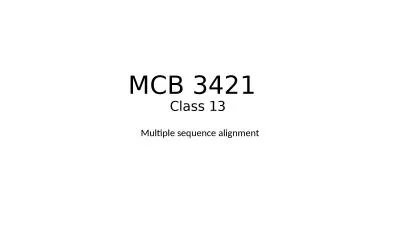PPT-Multiple sequence alignment methods: evidence from data
Author : mindeeli | Published Date : 2020-07-01
Tandy Warnow Studies we will discuss Katoh and Standley MBE 2013 about MAFFT Nelesen et al PSB 2008 Impact of guide tree Liu and Warnow PLoS ONE 2012 about treelength
Presentation Embed Code
Download Presentation
Download Presentation The PPT/PDF document "Multiple sequence alignment methods: evi..." is the property of its rightful owner. Permission is granted to download and print the materials on this website for personal, non-commercial use only, and to display it on your personal computer provided you do not modify the materials and that you retain all copyright notices contained in the materials. By downloading content from our website, you accept the terms of this agreement.
Multiple sequence alignment methods: evidence from data: Transcript
Download Rules Of Document
"Multiple sequence alignment methods: evidence from data"The content belongs to its owner. You may download and print it for personal use, without modification, and keep all copyright notices. By downloading, you agree to these terms.
Related Documents

